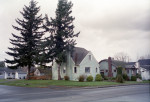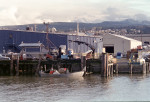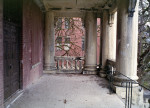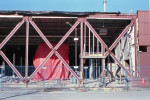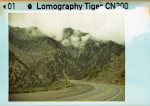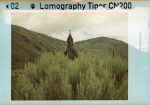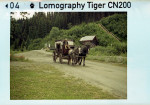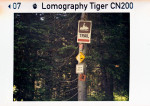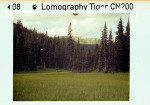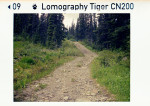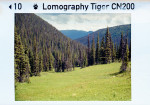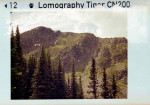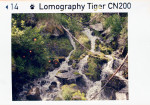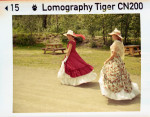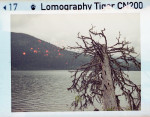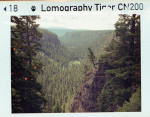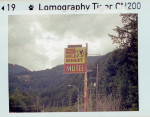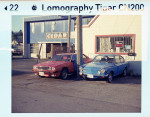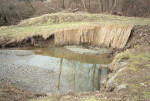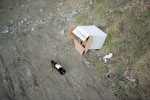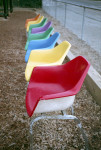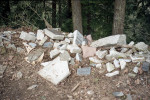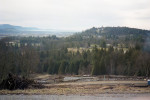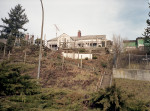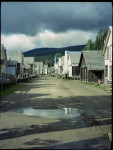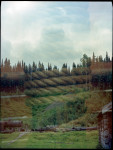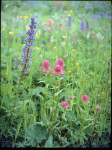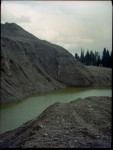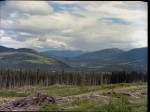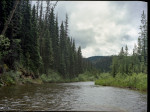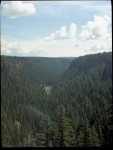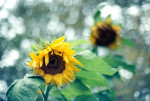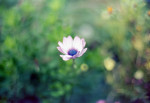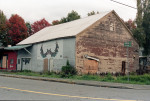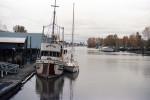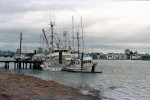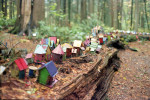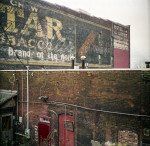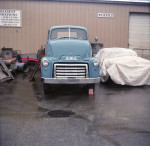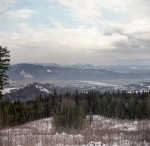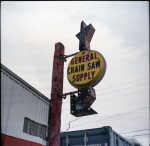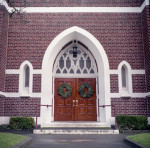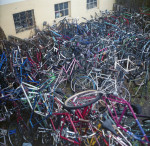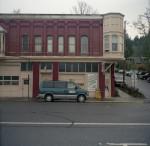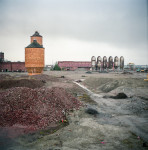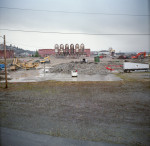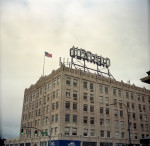Jan
21
2018
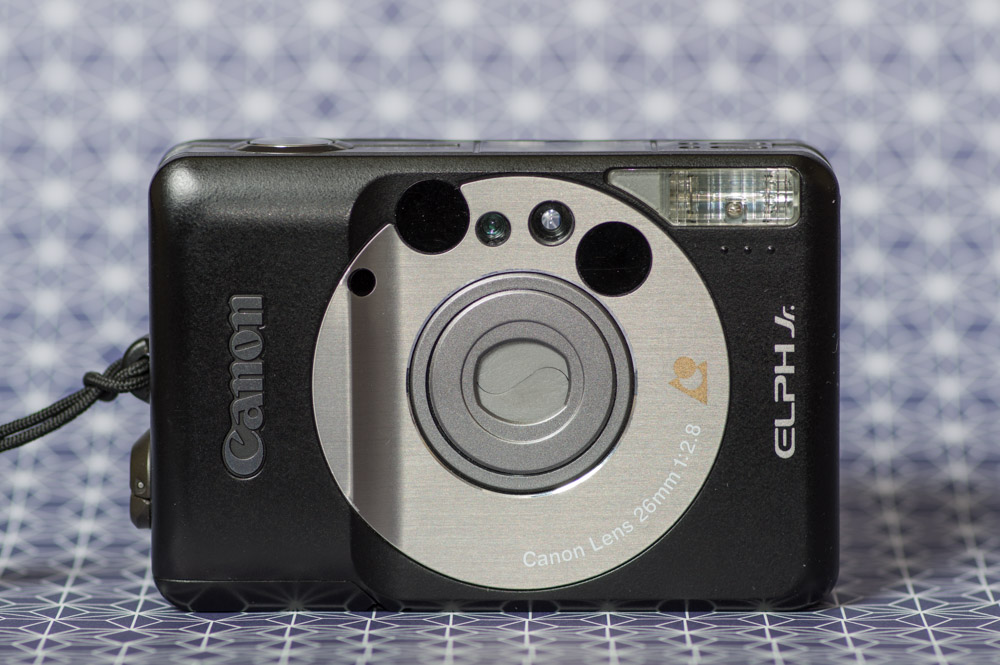
Somewhere along the line I acquired a roll of Kodak Advantix 400 B&W film. This film is not truly a black and white film but is processed in C41 colour chemistry. That’s perfect because that’s what I do. The film was likely long out of date and the result was quite thin negatives but I was able to tease enough out of them to make the whole endeavor worth while.
Discover your artistic capabilities. The elegant appeal of black-and-white photography continues to grow. Black-and-white film lends itself to helping you learn the graphic elements of an image—the form, texture, and contrast of a scene. This may take some practice. learning to “see” things in shades of gray. But once you do, you can capture a stunning palette of different moods, emotions, and possibilities. -Kodak
The camera I chose to use for this film was the Canon Elph Jr. with its 26mm four element f2.8 lens. Its hard to believe how small this camera is until you hold it, (weighing a paltry 125g) which is of course what the intention of APS film was despite its brief existence. The Elph Jr. also had a useful shutter range of 2 sec. to 1/800 sec.
no comments | posted in Cameras, Photography
Jan
14
2018

The Canon Photura, also know as the Autoboy Jet, 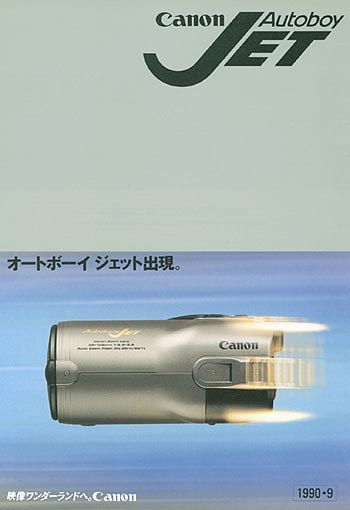
looks like its purpose is to answer the question ‘What would happen if you just put a handstrap on an SLR lens and called it a camera?’ Its design seems to have more in common with a camcorder than a film camera but on the end of the lens is just the ordinary insides of a 35mm point and shoot. The lens is a 35-105mm f/2.8-6.6 (10 elements in 9 groups) which is quite a bit faster than other point and shoot zoom cameras. The flash is built into the cap and provides a nice large defuser unfortunately I didn’t get to test its capabilities. Another item that’s there but I didn’t test is the low angle viewfinder mostly because it seems to require putting your eye nearly to it which sort of defeats the purpose in my opinion. 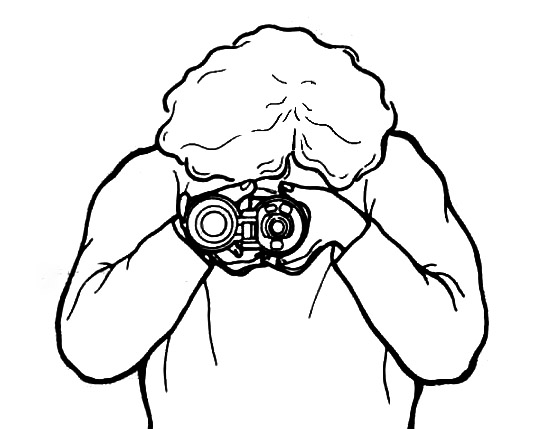
Also at 645grams and given its size it doesn’t seem to offer much of an advantage over a small SLR with a kit lens but it sure does look different. Other interesting cameras in the same, build it around the lens, vein are the Minolta Freedom Zoom 105i and the much more conventional looking Olympus IS-10
no comments | posted in Cameras, Photography
Jan
7
2018

While I’ve used the Yashica T4 previously I had not had an opportunity to use a T4 zoom which in reality does not bear many similarities. As soon as you go from a fixed focal length to a zoom lens they are going to be different animals. The T4 zoom has a 28-70mm f4.5 to f8.0 lens comprised of seven elements in six groups while the T4 had a 35mm f3.5 lens of four elements There are a few different things you can do with the controls one of which is to set the time and date and its format. This is done while the camera is off which I did not discover until I had imprinted most of my images with a completely erroneous value (That’s okay because I was really just making sure it even worked). Also when off you can alter the focus to spot by pressing the ‘main button’ until [S] is displayed on the LCD, this is reset once the camera is turned off again. When turned on though you can set exposure compensation of +1.5 or -1.5EV, suppress the flash and set a very interesting long exposure mode. This mode is entered by pressing the timer/remote button until [LT] is displayed on the LCD. Once this is done and the camera is secured, pressing the shutter button will result in a 2 second delay, to help reduce shake, followed by up to 120 seconds of exposure time which can be interrupted with a second shutter button press.
This first foray out of the way I’m going to feed the camera some better film and give it a more extensive try. The images that I did get suggest that the lens is a decent performer across the entire frame especially given that its a zoom.
1 comment | posted in Cameras, Photography
Dec
23
2017
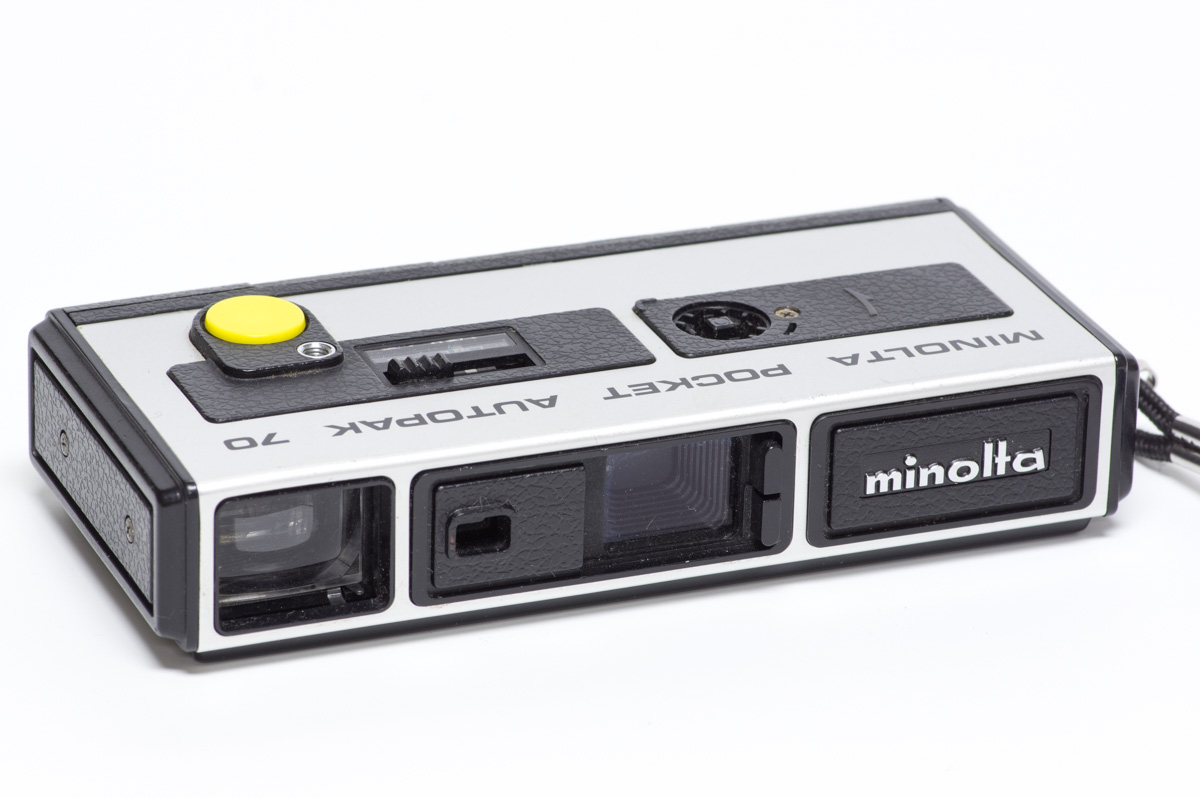
There are a lot of terrible plastic cameras that find their way into thrift store bins but sometimes there is the odd gem. The Minolta Autopak 70 falls more in the interesting pebble you turned over with your foot category. It has a 26mm f 3.5 4 element lens as well as a close up lens that slides in front. I didn’t have much success with that though as you can see bellow.

Despite its age it came with a working battery which is good because its uses a K battery which is pretty much unattainable. In the future I will need to build some type of replacement 4.5V but for now I have one.
With its electronic shutter the Autopak 70 has a speed range of 10 seconds to 1/330 second. If I had know this at the time I would definitely have tried a long exposure shot however doing that even with a tripod might be tricky as 110 cameras are mostly shaped like a rectangle with the shutter button on the far end for extra wobble when you press it. When done right though it produces and image that would be on par with a digital point and shoot camera from around the year 2000 but in a much more fun package.
no comments | posted in Cameras, Photography
Dec
16
2017
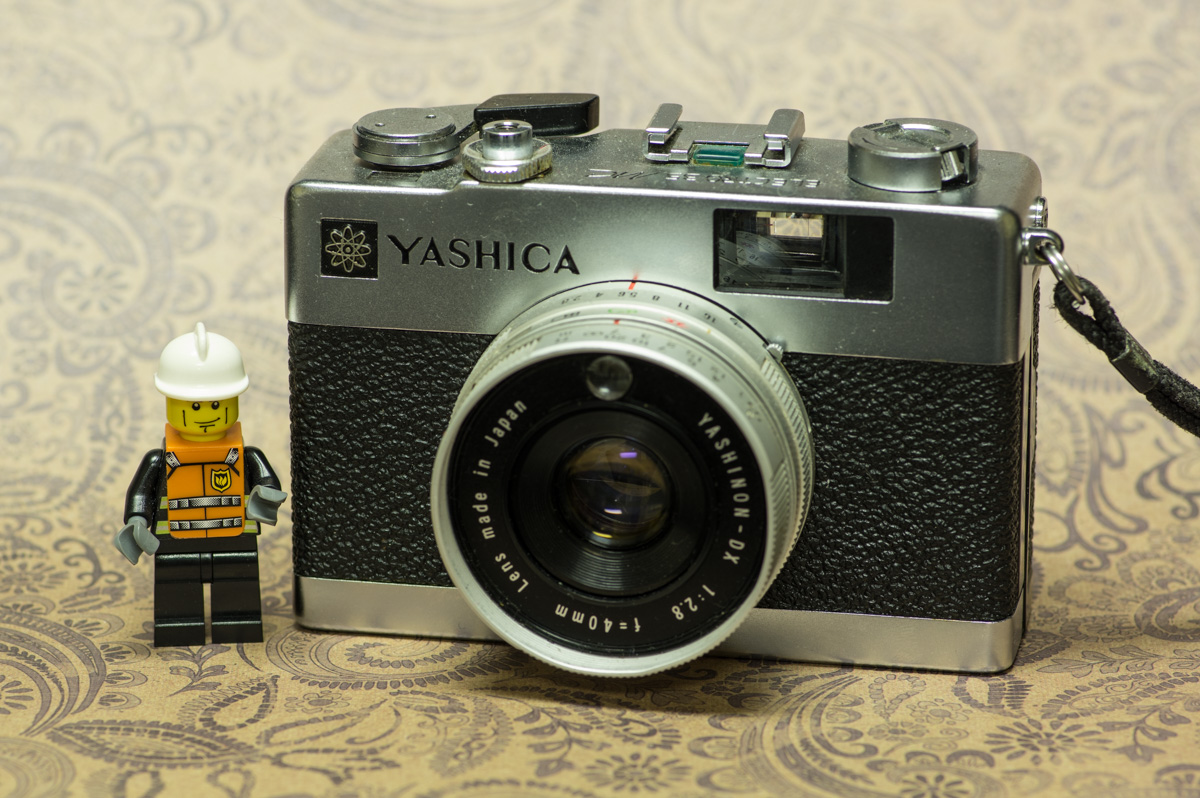
The Yashica MC is like a miniature version of an Electro 35 with nearly half the weight and twice the charm. It has the same type of infinitely variable electronic shutter that goes from 1/500 second to 4 seconds as the larger variants and its 40mm f2.8 lens while not as fast is still a decent performer.
The electronic shutter shouldn’t be confused with the modern idea of integrated circuits and processors its still a very analog system that essentially opens the shutter mechanically which also energizes the shutter circuit. An electromagnet holds the shutter open as long as current flows through one of the transistors but when the charge that is building up in a capacitor, controlled by the resistance of a CDS photo cell reaches a certain level another transistor turns on de-energizing the electromagnet and therefore closing the shutter and switching the circuit off again. This is why without batteries Yashica’s like this default to their maximum shutter speed, there is nothing holding the shutter open. There are other factors in the circuit as well such as the aperture which changes the resistance of another part of the circuit or the ISO setting. Okay when I started typing I thought it was going to be a simple explanation.
To sum it up: Wind film ,Press shutter, light on CDS and aperture determine shutter time, repeat.
My Electro 35 MC is stamped with ‘Hong Kong’ on the bottom so I can only presume that is where it was assembled but the 40mm F2.8 4 element lens is labeled as made in Japan
You can see a previous post about the Yashica MC Sept 2015 here
no comments | posted in Cameras, Photography, Uncategorized
Dec
2
2017

This is the eighth post I have done with the Voigtlander Bessa 46 which is roughly one per year that I’ve been blogging. That seems about right as every so often I think to myself what camera haven’t I used in awhile that I want to use. I think that the reasons I enjoy using the Baby Bessa as much as I do is that it allows the use of medium format film with more of the feel of using a 35mm camera because of its small size.
I also like the option of doing multiple exposures as seen here.
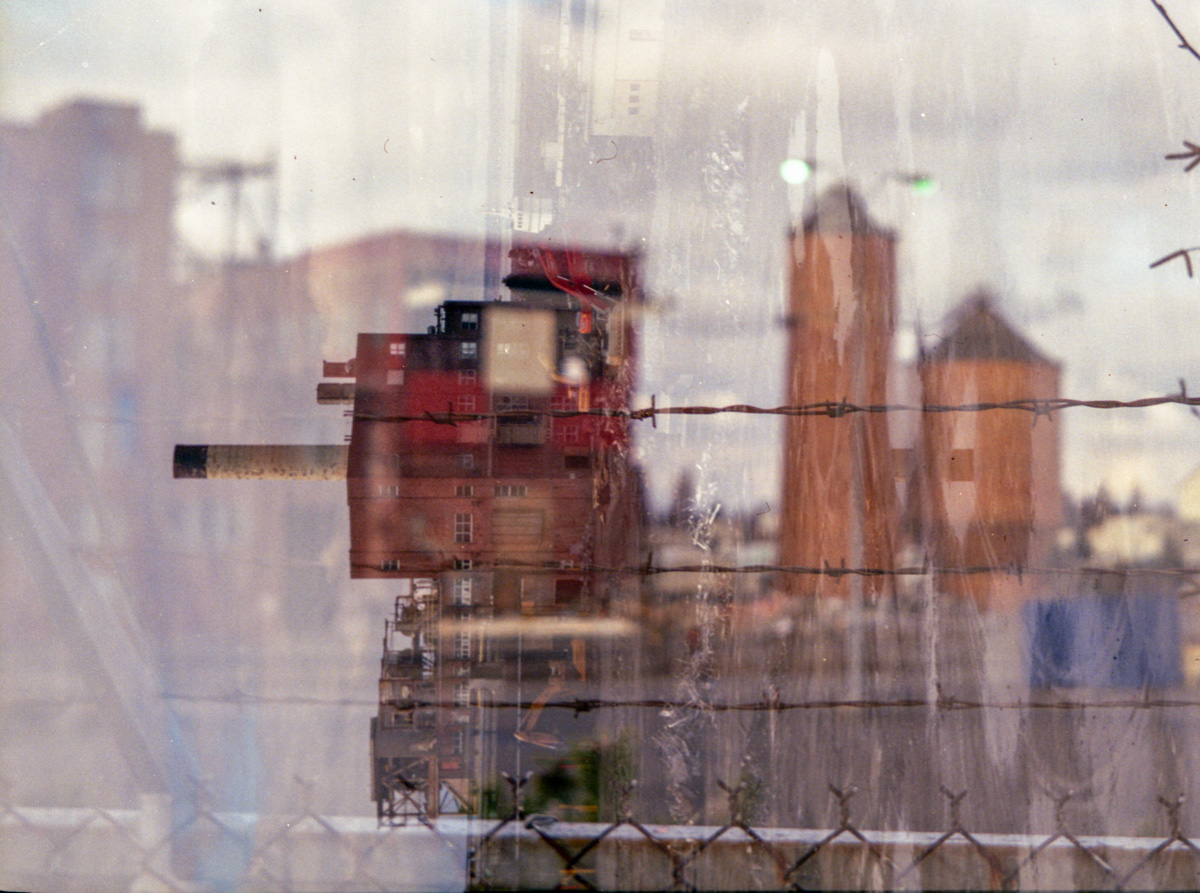
The bad thing about the ability to do multiple exposures of course is that you need to be careful not to do them when you don’t want them.
A search through old magazines shows that in 1939 the Baby Bessa cost $49.59 which may not sound like much but considering that earning $1 an hour back then would have been pretty good pay makes it something not everyone would have considered purchasing.
no comments | posted in Cameras, Photography, Uncategorized
Nov
18
2017
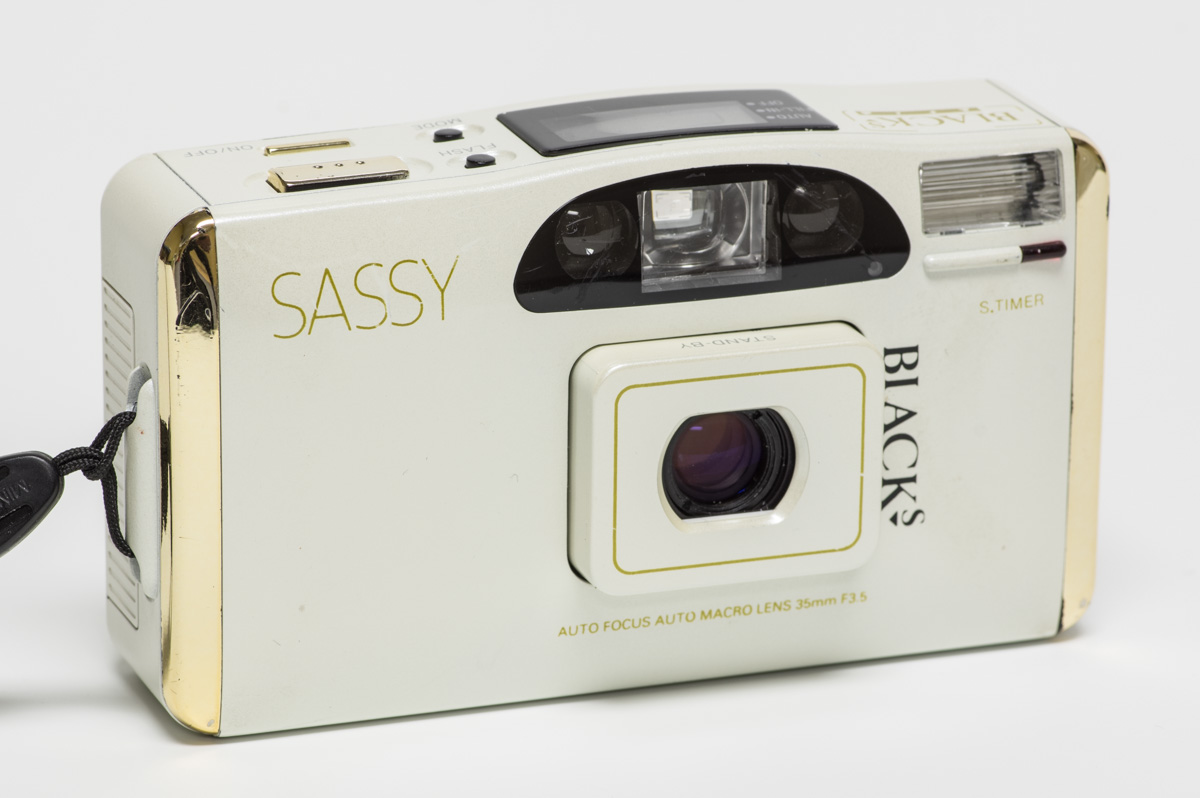
Back when there were camera stores seemingly everywhere there was a chain of stores in Canada called Blacks which was taken from the family name of the founders. In any case they were a large enough retailer to have cameras rebranded with their name from a variety of manufacturers. In this case I think this is another one of the variations of a Matsushita that came as the Leica mini, The Minolta Freedom Escort, Olympus Trip AF and possibly others. So despite having the same internals as its siblings the Sassy went all out for style. And by style I mean what passed for style in 1992.
When all is said and done though the camera has a 35mm f3.5 lens and the usual flash control features and works despite looking like it never lifts a finger with that gold trim. I loaded it up with some terribly out of date Konica 400 film which leaves me with a good excuse to try the camera again, if only I can find an early 1990’s themed costume party.
2 comments | posted in Cameras, Uncategorized
Nov
4
2017
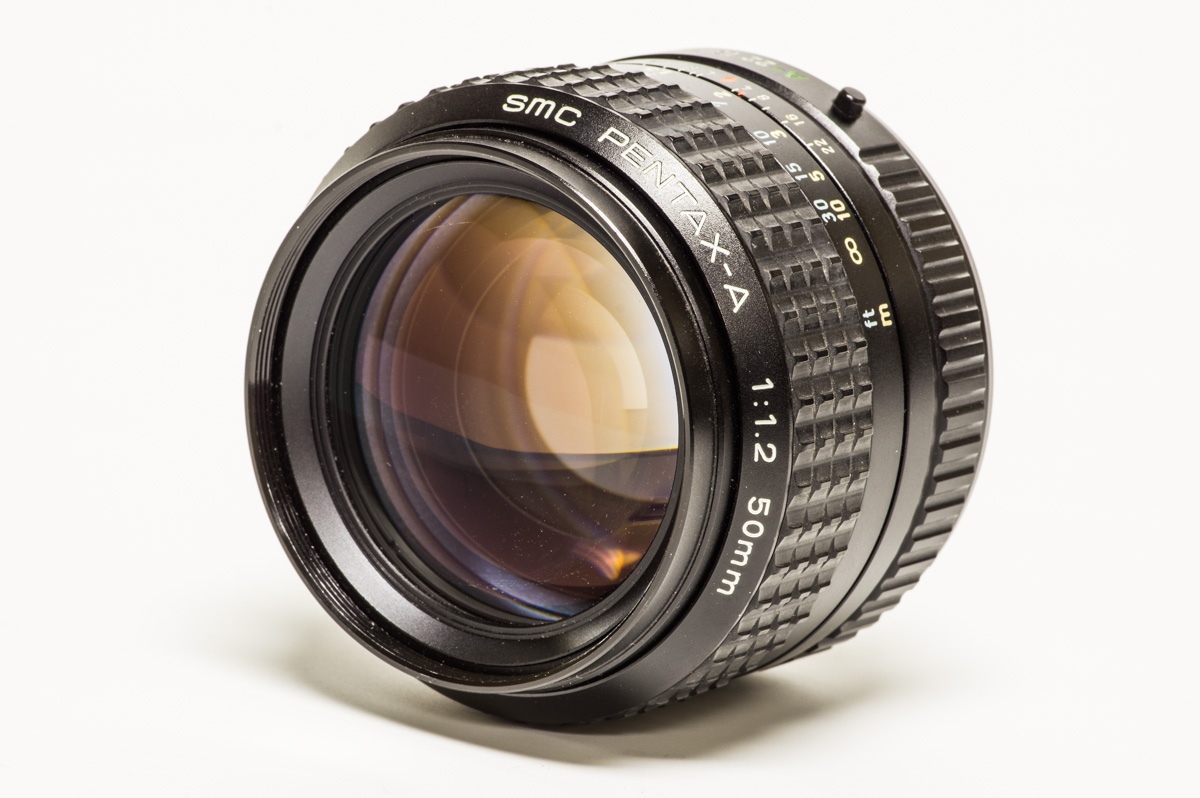
I wish that I had a full frame digital camera to test this lens with but film and APS-c sized digital will have to suffice. The first thing you notice about this lens is the weight it is a lot of glass and its needed to achieve that fast f1.2 aperture. As this is an older lens I didn’t have too high of expectations especially because my newer DFA 50 1.4 is quite soft wide open but to my surprise the SMC 50 1.2 was actually quite sharp, that is for what is in focus inside the razor thin depth of field provided at f1.2. It also has very little vignetting and what there is is gone by f2.8. Having a lens this fast is as they say, to a kid with a hammer everything is a nail. However nailing focus wide open is not so easy even the slightest swaying of the photographer is enough to throw it off. If you do get it right though it is a very unique look. What follows are some film shots taken with my Pentax MZ-6 and the this lens on Kodak Ektar 100. Back in the early 1980’s this lens cost around twice as much as a 50mm f1.4 and it still garners a similar premium on the second hand market.
On my Pentax K-3 DSLR the SMC Pentax-A 50mm f1.2 provides an angle of view more like a 75mm lens would on the film SLR making direct comparison difficult but also making it perhaps even better suited to portraiture.

And some digital pictures taken with my Pentax K-3 and this lens.
no comments | posted in Cameras, Photography, Uncategorized
Oct
25
2017
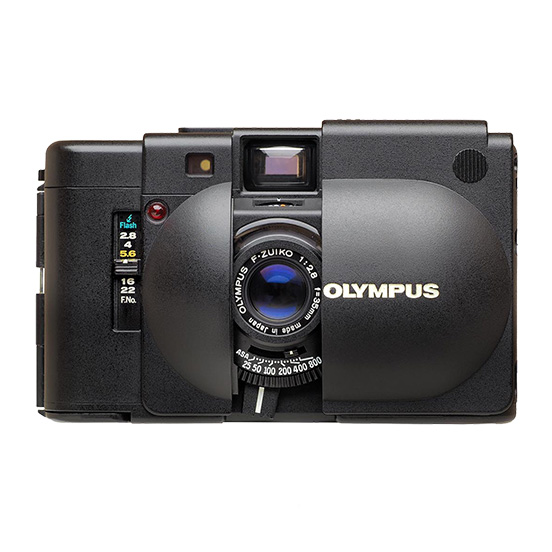
The Olympus XA reached a certain cult status among film cameras and perhaps its not for just one reason but several. If you start with the idea of what do you want from a camera and that turns out to be ‘packability’ then the XA meets that. The clamshell design both protects the lens and makes it easy to slip into pockets and small spaces. If you also want a quality lens in that small package the XA delivers that as well. The lens design with 6 elements is unique and allows for the overall thinness of the camera. Then there are the controls of the camera. Focusing is performed with a small lever under the lens that both aligns the rangefinder patch and moves internal lens elements. 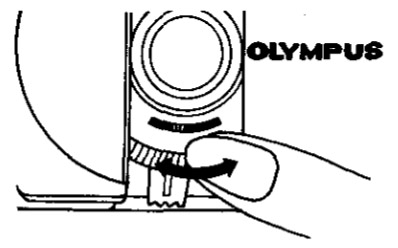
Its finicky and can be difficult but it is manual and better than zone focusing. The exposure system also allows user input in the form of aperture selection with a fully automatic electronic shutter. Fortunately the exposures are accurate so fully manual adjustment isn’t often missed and for backlight situations you can select a +1.5 EV override.
All these various attributes together are what made the Olympus XA desirable back when it was available new and what continue to make it a desirable camera today.
I used expired generic drugstore ISO 400 film for the following images.
no comments | posted in Cameras, Photography
Oct
21
2017


One of the things I really like about old medium format folding cameras is how compact they are when closed. The Zeiss Ikonta 521/16 is a great example taking up very little room in a camera bag although adding a hefty 565 grams They were produced over many years and had different lenses and features. This one has a 75mm f3.5 Novar Anastigmat lens and a shutter with 8 speeds up to 1/300 second. It also has double exposure prevention with a nice little red dot indicator when the film has been advanced. Using one of these cameras for ultimate image quality isn’t a great idea but using them for the unique experience and look is. There is a certain pleasure from using a camera that despite being over 70 years old still does its job.
no comments | posted in Cameras, Photography, Uncategorized





























